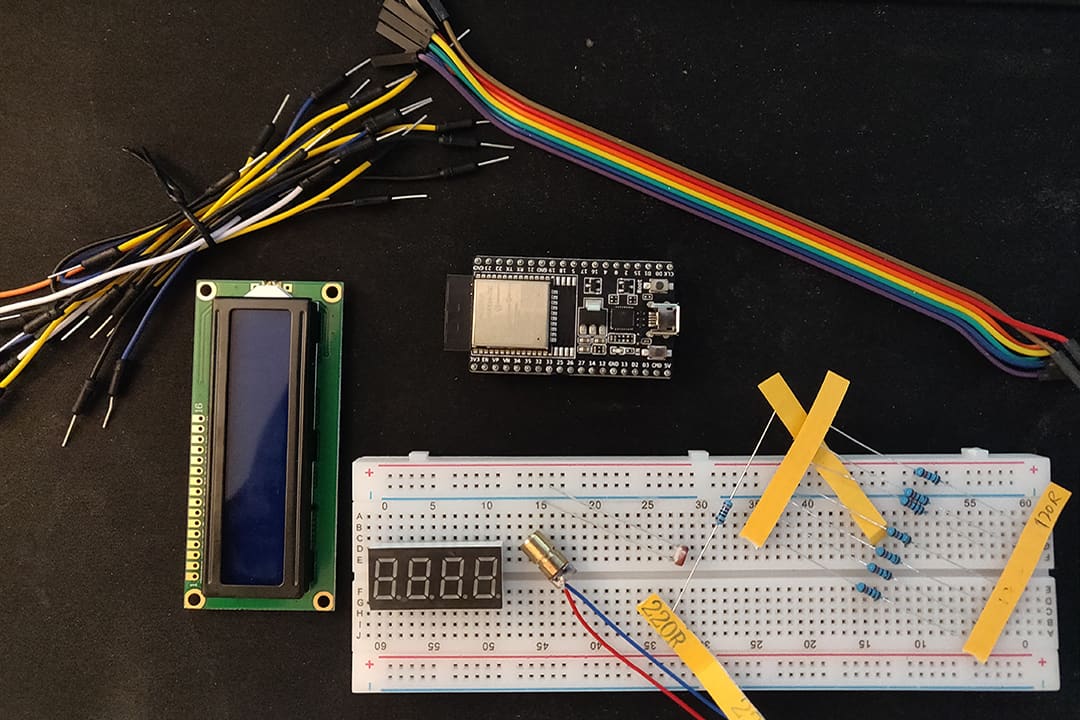From September 19–27, Pueblo Science — a registered charity founded by U of T Professor Dr. Cynthia Goh and alum Dr. Mayrose Salvador — developed its second annual Hackathon for Science Education. The hackathon was hosted online through Devpost, Discord, and Zoom.
During the event, over 16 teams worked together on developing science kits to address the United Nations’ sustainable development goals (SDGs). Mentors and teachers chimed in to help the students refine their projects, and speakers hosted workshops for the students.
Some sessions were focused on entrepreneurship, while others focused on developing a ‘design thinking’ perspective. Hence, the event also allowed students to develop soft and hard skills when working toward a project.
The challenge for this year’s hackathon was to create an interactive experiment for high school students in the Philippines. In order to address the SDGs of quality education, industry, innovation, and infrastructure, students focused on developing innovative solutions to solve environmental issues pertaining to the country.
After a three-hour period of presentations on September 27, winners were announced. The two top-prize winners were members of Team 1, Sydney Mendoza, Ru Yi, Elizabeth Pratt, Kawther Bouzeghaya, and Bipasha Goyal; and Team 14, Chirag Chopra, Ramsha Junaid, Natalia Irfan, Kanza Rizwan, and Rajeshwar Lally.
The Varsity reached out to ask the two teams about their experiences with attending the hackathon, working as a team, and developing project proposals.
The project proposals
Since the topic placed a huge focus on the environment, both teams worked in their respective groups to address the issues of sustainability, the climate crisis, and natural disasters. Team 14 developed a sea-bin made from household materials to collect and filter waste from water systems efficiently, whereas Team 1 created a hands-on activity for students to visualize the impact of earthquakes.
Instead of building a specific product for usage, both teams developed an item with the goals of educating students. For Team 1, the product it developed was a kit for students to simulate earthquakes and observe the effects.
“Students can predict the results and then assemble the model, which is made out of readily accessible materials like wooden dowels, string, and a weight for the damping with the entire kit totalling to no more than $20,” Mendoza, the group leader of Team 1, wrote.
In order to ensure that students were participating and understanding the material, the group decided to add discussion questions to help students relate the activity to their own lives.
On the other hand, Team 14 worked on educating students in the Philippines about environmental sustainability, stewardship, and problem solving. However, despite the differences in delivery, both teams were impressed by the quality of projects from other groups.
“All of our fellow teams had amazing projects that everyone worked so hard on to complete and present,” Chopra, the group leader of Team 14, wrote. “I was very impressed by everyone’s creativity and all the innovative ideas that I hadn’t even thought about.”
Working as a team
Throughout the hackathon, many participants had to work with students from different programs. Some students had to work with strangers, which they described as intimidating and unexpected.
“Smaller teams were merged together so I had to work alongside 2 teammates who I had never talked to before,” Junaid, an environmental chemistry student, wrote. “At first, I thought it would be very difficult to communicate and be on the same page about things.”
However, acknowledging diversified skill sets and combining different interests allowed many students to work toward a common goal. Some teams decided to divide the task individually and discuss their own research among one another.
“We were able to equally split the work between us and it was really helpful especially during the project ideation process to have the different perspectives and thought processes from each member,” Mendoza wrote.
Regardless of the difficulty in hosting meetings, participants enjoyed the process of discussing ideas with others and prototyping their final project.
“So, it was a great experience to hear other brilliant minds and observe the different ways in which everyone approached common problems to reach a viable solution,” Junaid wrote.
Experience with the hackathons
Students sometimes perceive hackathons to be daunting events. Due to the demanding schedules, rigorous research process, and frequent brainstorming sessions, participants are pressured and overwhelmed to push their final products.
“I used to think Hackathons can be very daunting,” Junaid wrote. “But from my experience, as long as you delegate responsibilities amongst your group, and form a schedule throughout your hackathon period, you will stay on top of tasks.”
Even with the hassle of delegating responsibilities and working on a different schedule, students who participated in the hackathon developed a sense of resiliency when working with other team members.
“Throughout our work we were faced by problems,” Chopra wrote. “Where we thought something would work in theory… some things wouldn’t work out as intended.”
Despite the problems, participants learned how to creatively brainstorm solutions and develop a more effective prototype than the previously proposed model. Many of them enjoyed the process and were surprised by how much they have learned in a short period of time.
“I… found that I learned a lot more about the way I work and how to communicate than I thought I would,” wrote Mendoza. “It was a really great experience overall.”
For those who are looking forward to joining a virtual hackathon in the near future, the previous winners have some good advice. Collaborating with others can be daunting at first, but as long as the participant keeps an open mind, the result doesn’t matter.
“Believe in yourself and your team and put forth your best effort,” Junaid wrote. “No matter what the outcome is, hackathons give you great exposure and push you to think creatively.”


